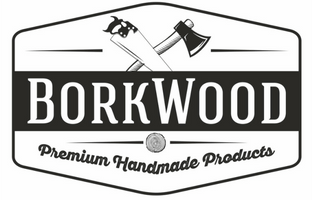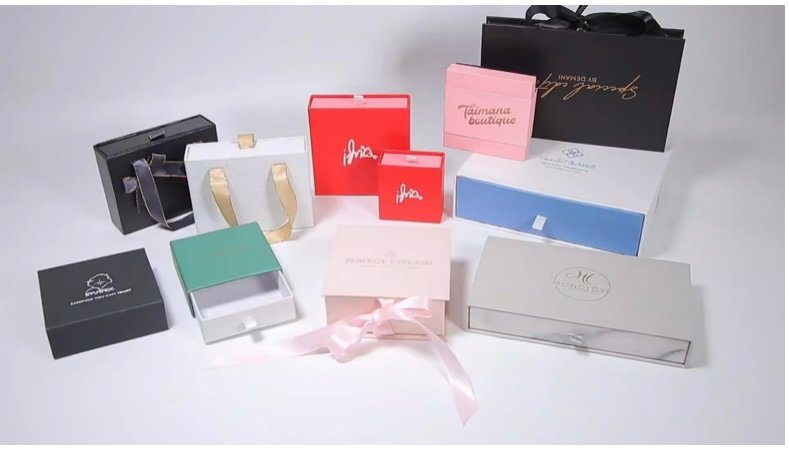The Science Behind Packaging Design: Creating Products That Sell Themselves
Packaging plays a vital role in distinguishing products in today’s fast-paced market, where consumers are bombarded with countless choices. While many view packaging as just a protective layer, it is much more than that it serves as a powerful marketing tool. Thoughtfully designed custom rigid packaging boxes can influence purchasing decisions, establish emotional connections, and reinforce brand values. This article delves into the principles of packaging design and how businesses can use them to create products that practically sell themselves.
Understanding the Psychology Behind Packaging Design
The first step in crafting impactful packaging is understanding consumer psychology. Packaging appeals to the subconscious mind, engaging the senses, emotions, and desires of potential buyers.
Color Psychology
Different colors evoke various emotions. For instance, red signifies passion and urgency, while blue conveys trust and calmness. Brands strategically use these colorassociations to trigger specific reactions vibrant red packaging may encourage impulse buys, whereas a soft blue jewelry box custom design might evoke elegance and security.
Shape and Size
The shape and size of packaging significantly influence consumer perception. Unique shapes attract curiosity, while familiar designs build trust. Larger packages can create a perception of added value, whereas compact ones may suggest exclusivity and premium quality.
Typography
The fonts used on packaging communicate brand personality. Bold and structured fonts exude confidence, while elegant cursive fonts add a touch of sophistication. Choosing the right typography ensures brand consistency and enhances overall product appeal.
The Role of Functionality in Packaging Design
While aesthetics attracts consumers, functionality is equally important. Packaging should be both visually appealing and practical.
User Friendly Design
Convenience is key. Features such as resealable closures, easy-open tabs, and ergonomic designs enhance the user experience, making custom boxes for packaging more attractive to consumers.
Product Protection
The primary purpose of packaging is to safeguard the product. Whether protecting fragile glass, sensitive electronics, or high-end beauty items, custom rigid packaging boxes must ensure durability throughout transportation and storage.
Sustainability
Eco-conscious consumers demand sustainable packaging. Using biodegradable, recyclable, or reusable materials helps brands meet this growing expectation while demonstrating their commitment to the environment.
How Packaging Boosts Brand Recognition
Brand awareness is crucial in a competitive market, and well-designed packaging plays a significant role in consumer recall.
The Power of Visual Hierarchy in Packaging
Visual hierarchy in packaging ensures that consumers focus on the most important details first.
Packaging as a Storytelling Medium
Beyond aesthetics and functionality, packaging is an excellent platform for storytelling.
Emerging Packaging Trends in 2025
The packaging industry is evolving, and several trends are shaping its future.
Final Thoughts
Packaging design is a blend of creativity and strategy. By understanding consumer psychology, prioritizing functionality, and leveraging storytelling, brands can create packaging that captures attention and drives sales. As we step into 2025, trends like sustainability, interactivity, and personalization are shaping the future of packaging. With the right approach, custom boxes for packaging can become powerful marketing assets, enhancing brand loyalty and customer satisfaction. Thoughtfully designed packaging doesn’t just protect a product it elevates the entire consumer experience.







